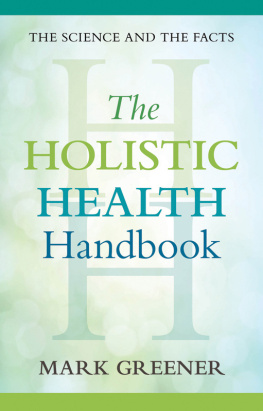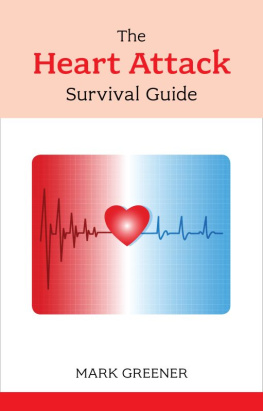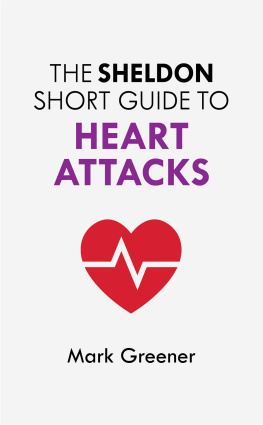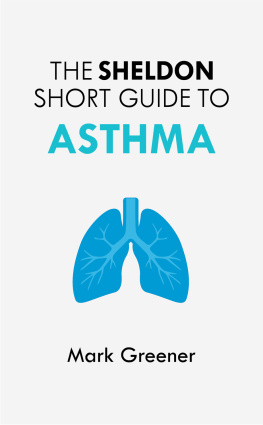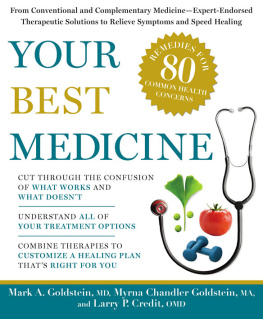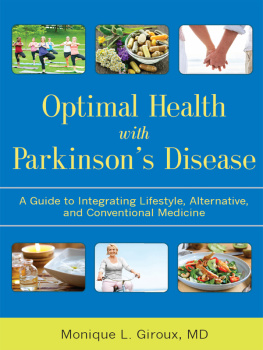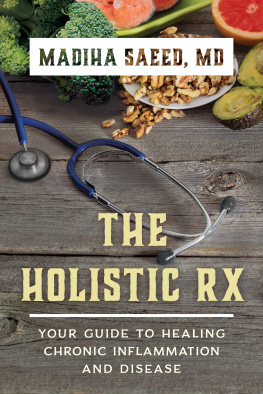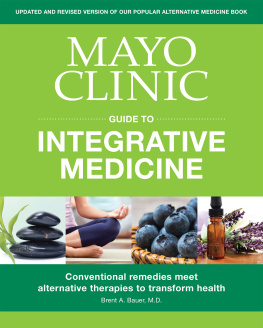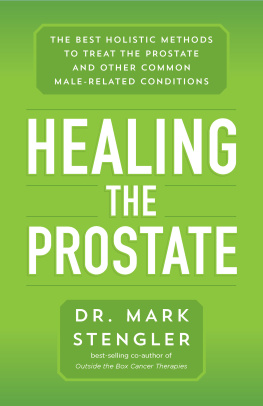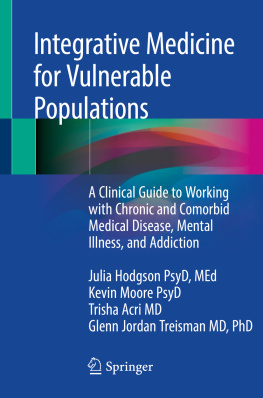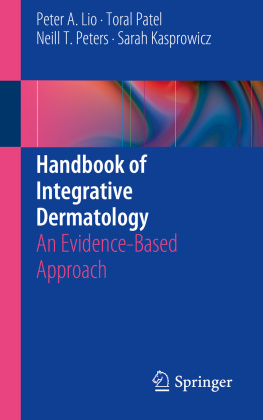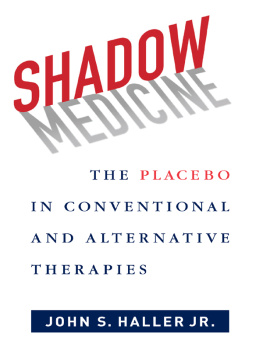The Holistic Health Handbook
Mark Greener spent a decade in biomedical research before joining MIMS Magazine for GPs in 1989. Since then, he has written on health and biology for magazines worldwide for patients, healthcare professionals and scientists. He is the author of 14 other books, including (2012), both Sheldon Press. Mark lives with his wife, three children and two cats in a Cambridgeshire village.
Better sanitation, clean water, improved nutrition as well as effective and relatively safe vaccinations, medicines and surgical operations mean that we are, in general, healthier than any previous generation. We no longer fear that a scratch could prove fatal, a cough could herald tuberculosis or our children will contract polio while swimming.
And, on average, we live longer than ever. During the seventeenth, eighteenth and much of the nineteenth century, life expectancy was just 30 to 40 years. Government statistics estimate life expectancy for children born between 2008 and 2010 at about 78 years for boys and 82 years for girls. Indeed, 32 per cent of boys and 39 per cent of girls born in 2012 in the UK can expect to celebrate their one hundredth birthday.
However, as mentioned in the introduction, the marginalization of the whole patient is a consequence of the same scientific revolution that transformed our health and longevity. Appreciating modern medicines limitations helps you understand why you need to take control of your health using a holistic approach and helps you work proactively with your doctors, nurses and other healthcare professionals to optimize your health. But this raises a fundamental question: what is health?
The health enigma
You know when youre under the weather: you feel out of sorts, lethargic, run down. The symptoms of many serious ailments are more obvious: anginas crippling chest pain; flus raging fever; the discomfort and disability of a broken limb. Yet defining health and disease is more difficult than you might expect. Indeed, Tikkinen and colleagues note that disease can be as difficult to define as beauty, truth or love.
Health the word derives from old English for being sound ( hoelth ) isnt simply not being ill. In 1948, the World Health Organization defined health as a state of complete physical, mental and social well-being and not merely the absence of disease or infirmity. The definition underscores that a holistic perspective encompassing physical, mental and social aspects is essential for health.
A fundamental problem
Yet this apparently simple definition raises fundamental problems. Most doctors would regard me as reasonably healthy. My blood pressure and other vital signs are normal. Thankfully, I dont currently suffer from any serious diseases. I dont drink excessively or smoke, my diet is reasonably healthy and I exercise fairly regularly. Yet I am constantly niggled by aches, pains and anxieties, and do not have either the time or the money to participate in a full social life. Even on a good day, Im a long way from being in a state that I would regard as complete physical, mental and social well-being. In other words, I feel dissatisfied with many aspects of my life.
Worryingly, some studies link dissatisfaction with an increased risk of ill health. In one investigation, British civil servants who said they were moderately or highly satisfied with their life were respectively 20 per cent and 26 per cent less likely to develop heart disease (allowing for other risk factors) than those who reported low levels of satisfaction. Indeed, satisfaction with their job, family life, sex life and themselves each reduced the risk of heart disease by around 12 per cent. But how many doctors would regard dissatisfaction with your sex life or job as being ill? Fortunately, as we will see throughout this book, you can change the way you react to lifes frustrations.
The impact of culture
To complicate matters further, patients view of complete physical, mental and social well-being can differ dramatically. A constellation of symptoms that Peter may regard as healthy can leave Paul under the weather. Doctors regularly face the worried well: people who fear a minor ache or pain could be the first sign of a serious illness. On the other hand, some people soldier on with remarkable fortitude despite overwhelming physical or mental handicaps. And our attitudes change as we age. Russell points out that some people particularly young men tend to regard health as synonymous with fitness. Older people tend to focus on function: whether they are well enough to take part in their work, hobbies and other activities of everyday life.
Society also strongly influences our definition of complete physical, mental and social well-being. In her fascinating book The Cure Within , Anne Harrington notes that Japanese does not even have names for hot flushes (also called hot flashes) or the night sweats experienced by many Western menopausal women. In part, the absence of these symptoms may reflect the fact that female ageing in Japan does not usually carry the same connotations of diminished status and worth as in North America or Europe.
The Western menopausal symptoms illustrate that some people express emotional problems by developing physical symptoms called somatization. For example, Russell notes, depressed people often complain of vague symptoms, such as aches and pains everywhere, tiredness, headaches and dizziness. In English-speaking countries, our bowels bear the brunt of somatization were sick with fear, have the runs or complain of butterflies in the tummy. Chinese people complain of somatic symptoms in their liver, spleen, heart or kidneys. In Iran and the Punjab, the heart tends to be affected. These symptoms, Russell points out, offer a socially acceptable way of indicating emotional distress.
Napoleons menstruating men
A striking example of societys impact on symptoms regarded as normal emerged when Napoleon Bonaparte invaded Egypt in 1798. Bonaparte found a land of menstruating men, Russell reports. A parasitic worm schistosomiasis can invade the bladder. So, infected patients often pass copious amounts of blood in their urine, inspiring Bonapartes comment. Even today, young boys in rural Egypt sometimes jump in the red urine of infected people to catch a disease they regard as normal.
Given the multitude and diversity of factors that influence health and disease, its not surprising that doctors strip away the social, subjective and emotional elements leaving a core of scientifically identifiable and treatable abnormal biology. Essentially, doctors focus on the levels in ). Understandably, doctors tend to alleviate symptoms with drugs rather than try to improve housing or tackle the countrys economic woes. (Nevertheless, GPs often refer people to medical social workers to help with benefits and other support services.) But, in some people, tackling the symptoms and not the causes papers over the cracks.
The foundation of modern medicine
Modern medicine is objective, rational and scientific. Doctors use objective signs (e.g. blood pressure and heart rate) and symptoms (e.g. pain or a rash) to diagnose and prescribe. They evaluate a treatments success based on measurable changes such as a reduction in blood pressure or cholesterol level, or an obvious improvement in symptoms. Furthermore, as Roberta Bivins notes, a potent combination of laws, regulations, commercial and political interests, culture and public expectations support and sustain this biomedical approach. And the biomedical approach is our most powerful technique to identify the medicines that we rely on. Russell notes that in any 24 hours about half of all adults in the UK probably use a prescribed drug.

